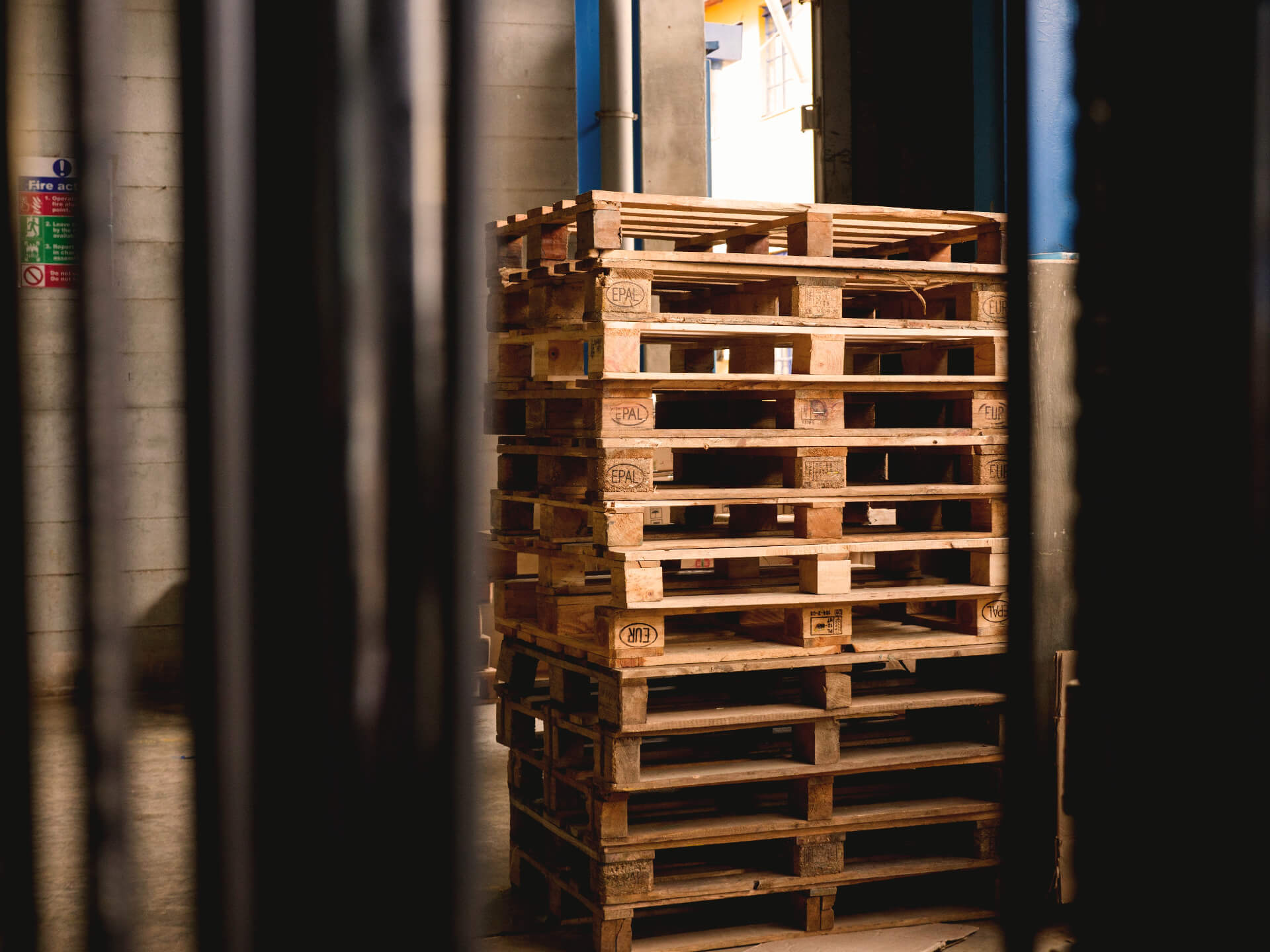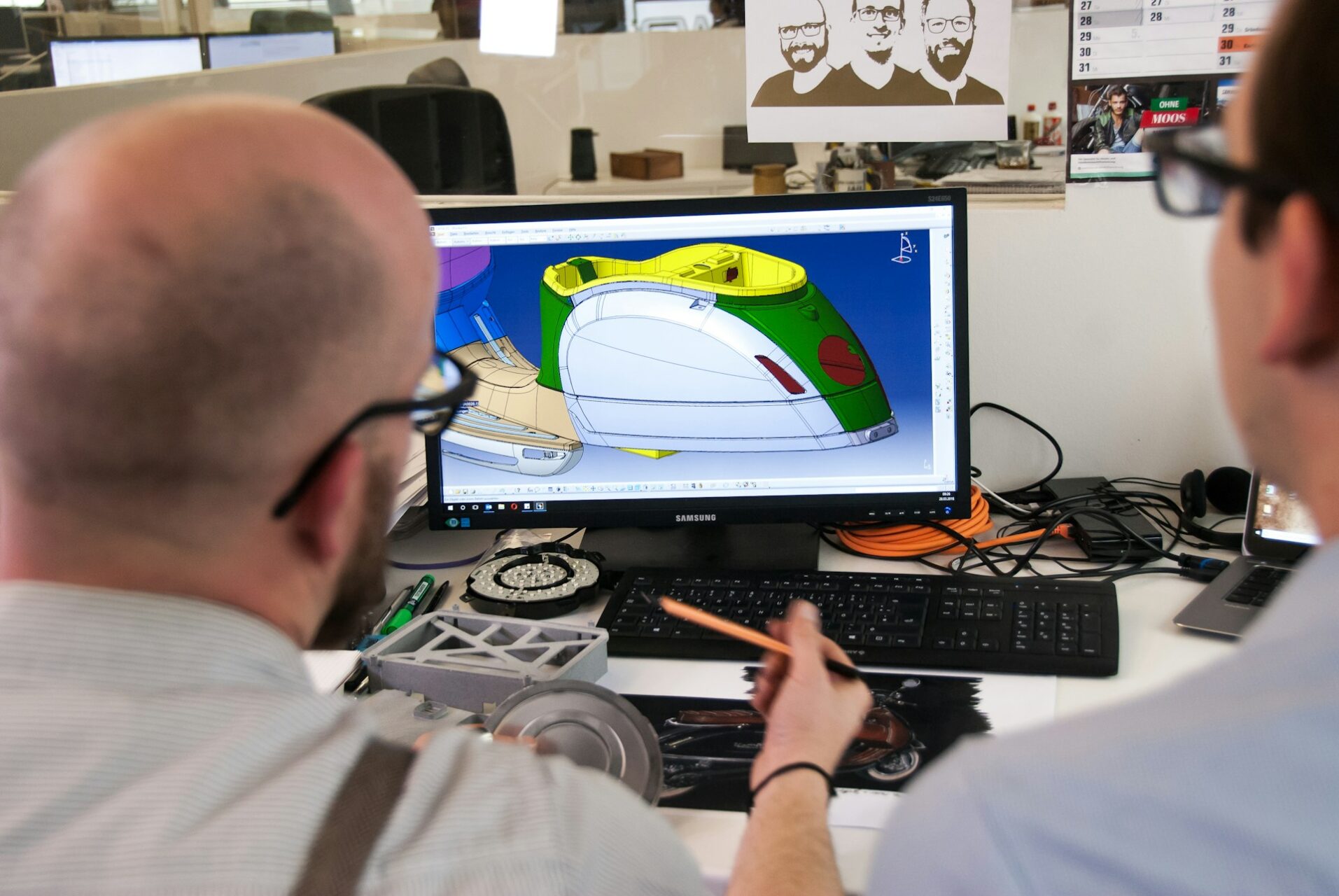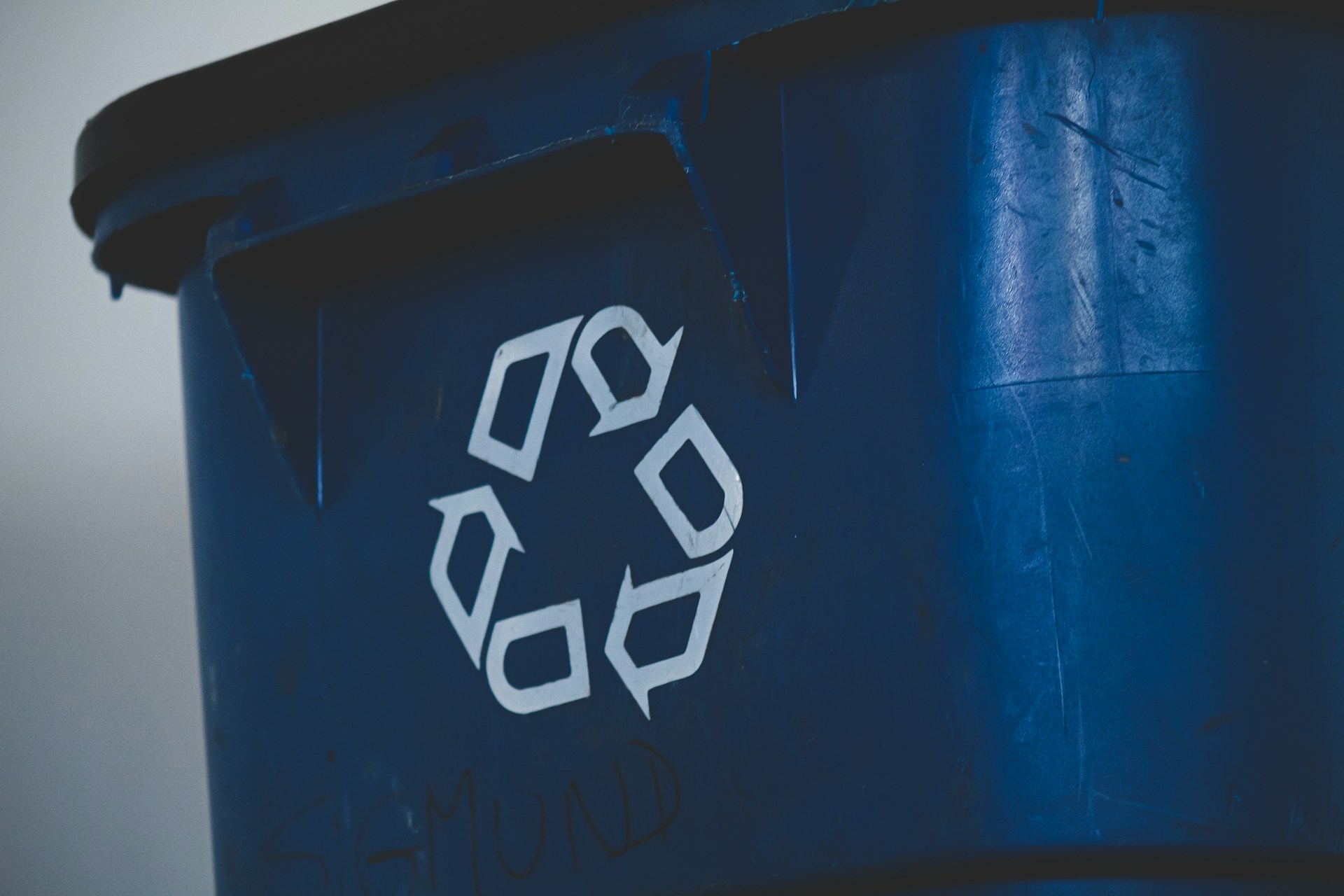
Supply Chain vs. Procurement: Are They the Same?
October 11, 2023 - Lou Farrell
Revolutionized is reader-supported. When you buy through links on our site, we may earn an affiliate commision. Learn more here.
Manufacturing, logistics, and industry are hard-to-discern departments and concepts for those in other sectors. Responsibilities sound like they overlap in an already complex web of duties. When it comes to supply chain vs. procurement, they have similarities. However, they have distinct purposes that make each essential in manufacturing. Get in the know by understanding what makes these quintessential departments unique.
What Is Supply Chain Management?
A supply chain is a system that organizes people, companies, and products to deliver goods to consumers efficiently. A supply chain has numerous responsibilities, including internal sourcing materials, manipulating materials until they form a product, executing fulfillment, transporting for delivery, and managing sales with customer service. Supply chains are infrastructure, requiring a lot of it to manage their work. Typically, they do not handle money or store transactions.
For example, creating a video game console unravels supply chains from when it sees steel or chemicals for battery deliveries. Using advanced technology, it creates the product, determines price against materials, and gets it to customers to their satisfaction. Supply chains encompass a significant portion of the production process for items. They are not necessarily responsible for forging relationships with suppliers or keeping up with contracts.
Supply chain management involves more complex systems and oversights. It involves manual and electronic resources to manage finances, sales, and inventory. SCM collects customer, retailer, third-party, and stakeholder information in one place for analysis.
However, the most essential thing in the supply chain is the product. Every aspect of the product equals data, whether the weight of materials or fuel required for shipping. The data trickles into monetary values, informing the strategies of every department following the supply chain, including third-party sellers, shareholders, and individual consumers.
Supply chains are responsible for ensuring the product adheres to quality standards, which other departments, like procurement, can help by purchasing high-quality materials. However, the attentiveness to the product’s construction is up to the supply chains.
What Is Procurement?
Procurement departments are responsible for finding ways to source materials and parts for supply chains. Professionals often deal with outside suppliers. They are responsible for maintaining those relationships, negotiating and bidding for prices, and determining what suppliers in the sector stay competitive. This department is responsible for 30% of a company’s revenue if it’s focused on providing services. If it is for a manufacturing company, they are responsible for over 50%.
They also process payments, either within the department itself or by collaborating with other facets of the company. This is usually with accounts payable sections of accounting departments. It is more than making a one-time purchase. There may be payment plans or investments involved.
Procurement could contract with specific suppliers to order a minimum amount of product. There are nuances, not only simple exchanges of money for goods. Procurement departments are strictly concerned with business needs, whereas supply chains must consider how they impact customers.
Most of the process is bidding wars and adjusting quotes. These numbers fluctuate based on many external influences, such as global demand or material scarcity. Procurement is responsible for making those projects, too. Some are within a procurement department’s control, and some are not.
The phrase “supply chain disruption” became household vocabulary after COVID-19 concerns. Part of this was because all materials were becoming competitive, and that fight rested with procurement departments. Their job is not done until the vendor sends their materials and procurement verifies everything is safe and sound.
Does It Matter if You Confuse the Two?
Some may use the terms interchangeably because one cannot operate without another. However, this is diminishing the unique roles provided by each. Without adequate separation and clarity, professionals may lose focus on their function and people who analyze industries may not convey innovations or progress clearly.
Additionally, it blurs the lines between which place is responsible for what. How are supply chains and procurement departments supposed to know which side is responsible for improving what if people inside and outside of the sector don’t know how to talk about them accurately?
Where Is the Overlap?
Procurement concerns acquiring materials needed to run a business and make a product. They are input-focused, trying to keep internal operations afloat. Supply chains make the product from those materials a reality in a way that is profitable, scalable, and satisfactory to customers. They are output-focused, solidifying external business resilience and stability.
One overlap is they both handle materials, but they do so in very different ways. Both departments make meaningful contributions to the company’s welfare. Additionally, supply chains cannot continue pumping out products if procurement fails to provide adequate materials. Adversely, if supply chains do not communicate what inventory they do and don’t have, procurement may order irrelevant materials, causing surpluses.
Therefore, everyone’s success everywhere else in the company relies on the communication these two entities have. How do they communicate delays? How can supply chains help if procurement negotiations or bidding wars stall? How can procurement relay updates to order changes to supply chains so they know how to staff and execute fulfillment?
Communicating these questions is crucial for production, which is how they overlap the most. Though supply chain management deals with transportation and product flow to the masses, production is the tying thread of both places. The procurement and supply chain work pushes companies to achieve business objectives with more influence than any other part of the value chain. At the same time, they each have stakes in risk management for the company.
Supply Chain vs. Procurement — Noting the Distinctions
Comparing supply chain vs. procurement reveals a cross-section of interests with vastly different execution. They are responsible for getting the world’s materials and products where needed. However, they perform at various process stages and communicate with varying collaborators.
How these two operate impacts the rest of the value chain to the customer. The two synergize so much that they cannot exist without the other. If one is succeeding, the other will feel that impact. Therefore, empowering a business with solid supply chains and procurement departments is essential for organizational resilience, efficiency, and productivity.
Revolutionized is reader-supported. When you buy through links on our site, we may earn an affiliate commision. Learn more here.




